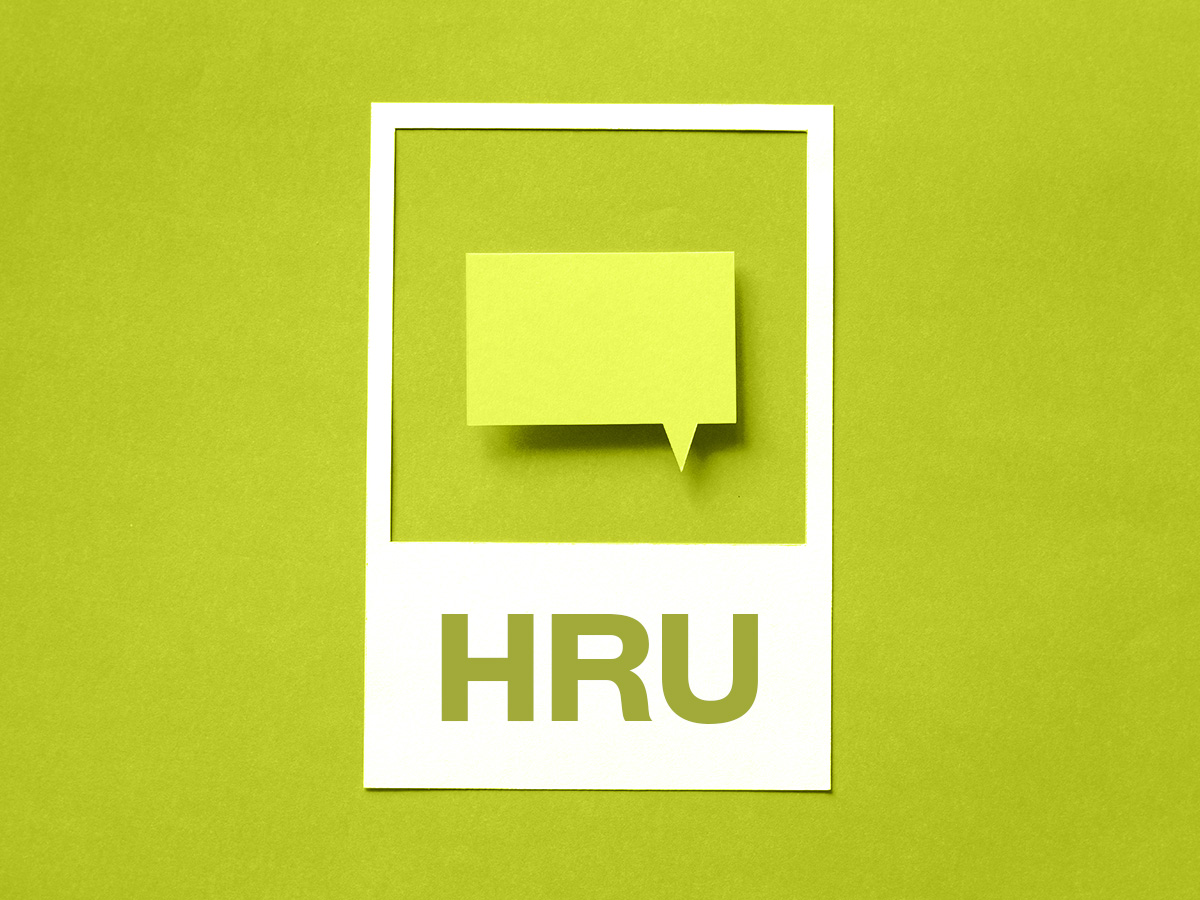What does HRU mean in text messages?
HRU is a texting abbreviation that stands for:
How are you?
If you are a bit confused about how that is possible, the explanation is relatively simple. The acronym actually stands for:
How R (Are) U (You)?
The slang terms (and in this case, acronyms) R and U are often used in text messages to replace their longer variants ARE and YOU, respectively.
Now that we have figured out the meaning of HRU, let’s take a look at some examples and rules on how to use it.

How to Use HRU in Texting?
You should mainly use HRU to start up conversations by showing interest in the person you are talking to. HRU is a casual question that can carry two very similar meanings:
- an informal, quick greeting – another way of saying hello;
- a genuine question asking someone about their feelings.
Although the first use is much more common, you will find many examples in texting for both of them.
The bottom line is that HRU is an excellent way to reach out to a friend, crush, or even a stranger on the internet if you want to start a conversation. You can consider it a greeting of the modern age, if you will.
HRU Synonyms & Alternatives
Another way to explain the HRU meaning is through a few alternatives which you can use the acronym is not appropriate, and you want to use a full question instead:
- How is it going?
- How have you been?
- How are you doing?
- What’s up?
- What are you up to?
Some of these are still slang terms, while others can even be used in more formal settings.
Dos & Don’ts of Using HRU
Are there any particular rules you should follow when using HRU in text messages? Let’s have a quick rundown.
You should use HRU when:
- You are looking to start a casual conversation with an interesting person online. Whether this is a complete stranger or a good friend, you can never go wrong with HRU. It shows interest in the other person but also leaves room for them to reply with a simple ‘hey’ if they want to do so.
- You are talking with a person who will understand the acronym’s meaning. This rule probably applies to all texting abbreviations since they are meaningless if the other person cannot understand what you are saying.
- You actually want to hear the answer to the question. Although you can use HRU as an informal greeting, you should also always expect people to answer honestly to your question. Perhaps they are having a bad day and want to vent. If you are asking the question, be prepared to listen and offer support if needed.
You should never use HRU when:
- You are having a formal conversation in a professional setting. This goes without saying, but texting abbreviations don’t have a place in most business settings.
- You are writing an email to a client or your boss. As a continuation of the point above, HRU is a texting acronym. Avoid using it in professional emails.
- You are talking with a person who will not understand what it means. Similar to the tip on when to use HRU, please avoid using it in conversations with people who rarely use acronyms themselves. They will be confused, and you will have to explain what you meant.
Examples of HRU Used in a Sentence
You should now fully understand the HRU acronym and its usage. Now, let’s see it in action:
Example #1
A: Hey there, hru?
B: Doing great, dude, wbu?
This is a very common start of a conversation between two friends. The first person reaches out and asks how person B is doing. In return, person B is having a great day and asking WBU (what about you?). We have even learned another acronym along the way here!
Example #2
A: It’s been so long since we talked! Are you doing well in your new job?
B: Yes, I couldn’t be more thrilled! HRU?
A: I’m happy to hear that! Oh, same old…
This is an example of a conversation between two friends who are catching up with news in each other’s lives. HRU is used as a casual question for person B to see how person A is doing.


0 Commentaires